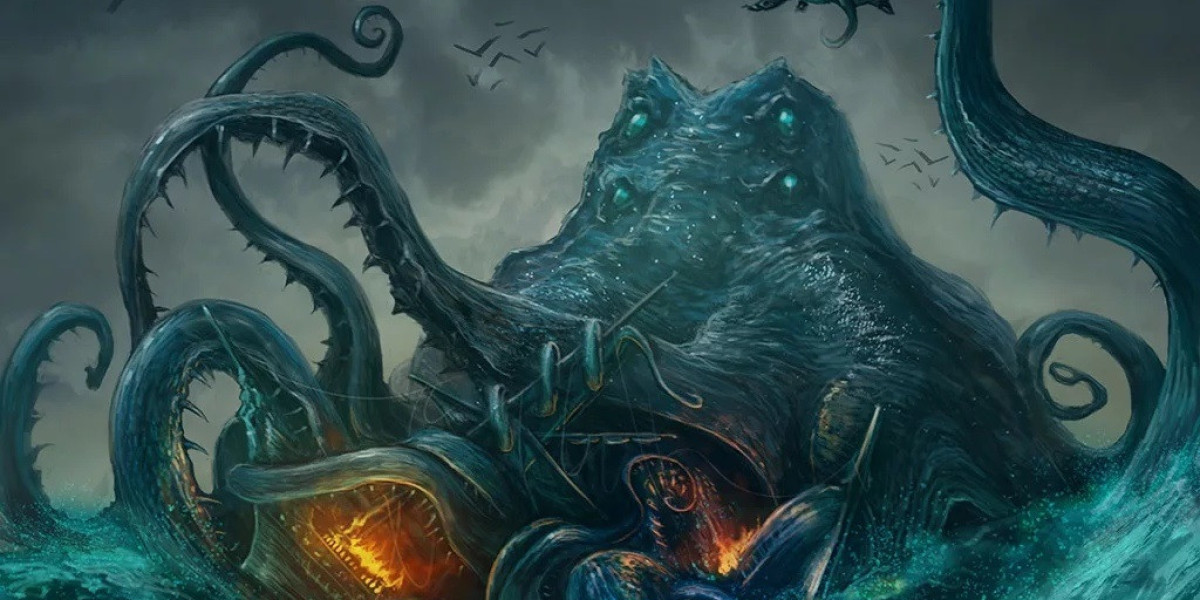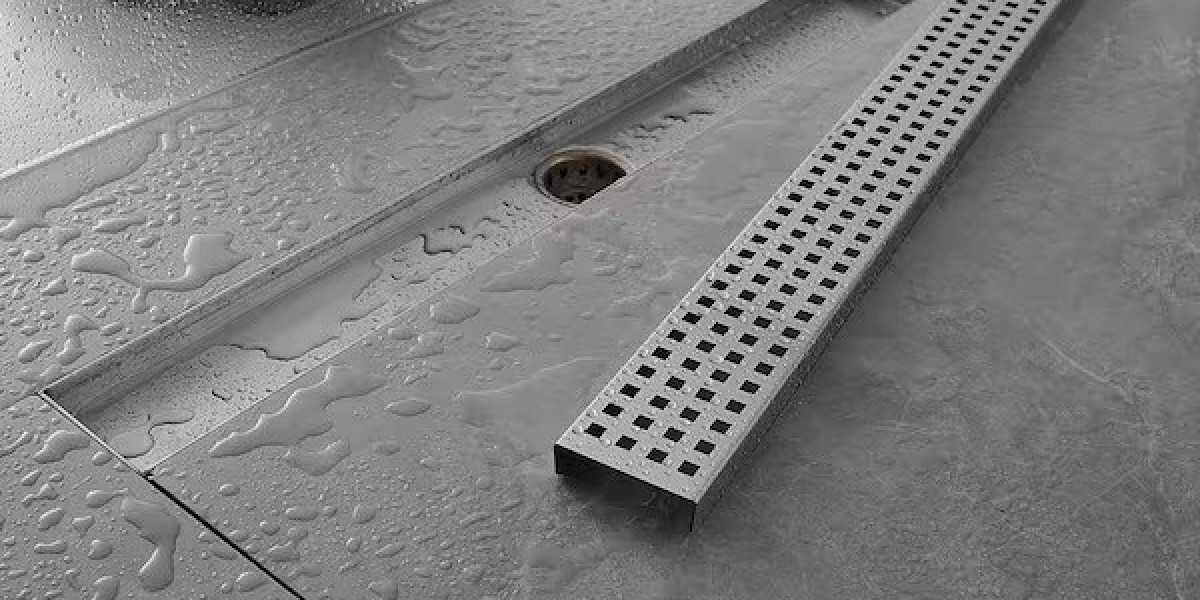At its core, money is a tool. It’s a medium of exchange that allows people to trade goods and services without the messy complications of barter. Imagine trying to pay your rent with a dozen chickens or a sack of grain—that’s where money comes in.
The Three Main Functions of Money
Economists define money by what it does, not just what it looks like. It serves three key purposes:
1. Medium of Exchange
This is money’s most obvious role. It’s something people agree to accept in exchange for goods and services. Whether it's coins, cash, or a digital transaction, money makes trade smoother and faster.
2. Unit of Account
Money gives everything a value. It helps us compare the worth of different items—like how a laptop might cost $800 and a sandwich $8. This function helps us make decisions about spending, saving, and investing.
3. Store of Value
Money allows us to store wealth over time. As long as it retains its value, we can save it today and spend it later. (Though inflation can make this tricky!)
The Evolution of Money
Money hasn’t always looked the way it does now. Long ago, people used shells, salt, or livestock as money. Then came coins made from precious metals. Paper money followed, then bank accounts, and now—digital currencies and mobile wallets.
The one thing that hasn’t changed? Money works because we believe in it. A dollar bill is just paper, but it has value because people trust it will be accepted by others.
Final Thoughts
Money is more than just cash in your wallet or numbers on a screen. It’s a system that keeps the economy moving. Understanding what money is—and how it works—is the first step to mastering your financial life.



